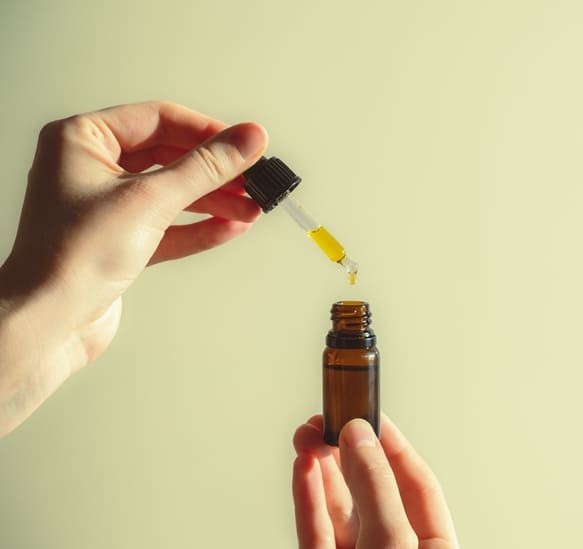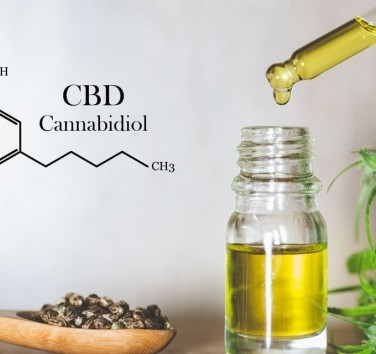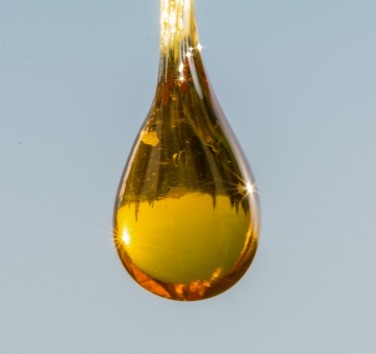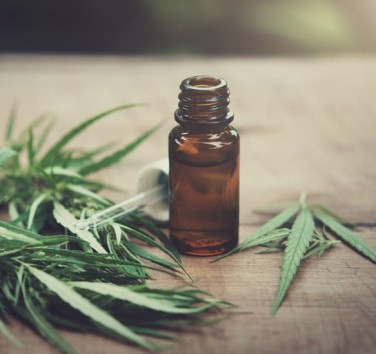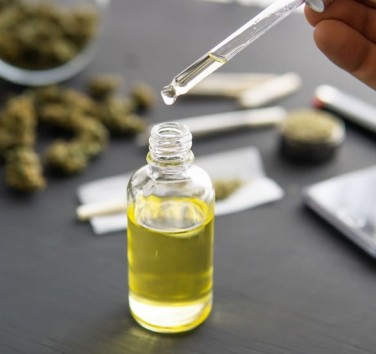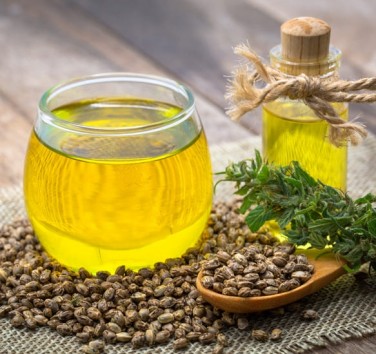What Is CBD Oil Extraction?
CBD oil extraction is the process of removing the CBD extract from the hemp plant, turning it into a usable form of CBD such as oil or creams for skin use. Each extraction method gives a slightly different result but depending on how it is extracted, the raw CBD will have a thicker or thinner oily texture, with a dark or almost black tinge.
There are different extraction methods, each of which has its advantages and disadvantages. Let's take a look at a list of the main CBD extraction methods available.
Four Types of CBD Oil Extraction to Know
Cold press CBD extraction
It is possible to extract CBD from CBD flowers without solvents or other materials. How? It's simple, you just freeze the CBD flowers and then crush the material under pressure to extract all the cannabinoids, terpenes and other beneficial components during the cold pressing process.
This method is by far the most respectful of the plant but also of the environment. The only problem is that this method has a rather low yield. It requires a lot of material to produce little oil. For this reason, this method is very little used on a large scale.
Carbon dioxide (CO2) extraction of CBD oil
CO2 extraction involves using controlled temperature and pressure to create phase (or state of matter) changes in CO2 (carbon dioxide). The aim is to extract the cannabis plant material while maintaining the integrity and quantities of terpenes found in the plant material. This ensures the production of a cleaner, purer, tastier, safer and overall higher quality cannabis concentrate.
The carbon dioxide (CO2) extraction method is considered the safest because CO2 is a non-volatile element. Used for decades in a multitude of industries, such as coffee or essential oils.
The extract obtained with CO2 is a very safe method of extraction.
The extract obtained with this method is free of any trace of solvent and therefore considered exceptionally pure. Cold separation allows the preservation of terpenes that require special care. It is also environmentally friendly as the CO2 is then condensed and turned back into liquid for reuse, virtually eliminating emissions. Once the process is complete, the CO2 is separated from the organic compounds, leaving only the full-spectrum CBD oil.
Of course, this method also has some drawbacks, the most important being its high price and the need for trained personnel to carry out these crucial steps.
CBD solvent extraction
The solvent extraction method of CBD oil is one of the oldest methods used to extract CBD and many other compounds from plants. It is also the cheapest and easiest method to use, yet it comes with a risk.
Synthetic solvents are generally considered the most likely to damage the final product, as it leaves significant residues, hindering healthy consumption. Indeed, the main drawback is that the solvent extracts not only the natural cannabinoids and terpenes but also the chlorophyll, which can lead to undesirable side effects. In addition, after extraction, the compounds may be denatured or degraded.
Popular solvents include ethanol, butane, hexane etc.
This method is cost-effective and provides a higher yield of CBD oil compared to other extraction methods.
CBD extraction by natural solvent
To perform natural solvent extraction, one can use oil found in the cupboards at home (coconut oil, olive oil etc.) However, one must ensure that the plant material is decarboxylated.
To put this method into practice, simply heat the plant in the carrier oil by putting it in an oven for several hours. The CBD and other cannabinoids will naturally bind with the fats in the carrier oil, creating an infused product. The final step is to cool the mixture before filtering it to remove any remaining plant material.
What Happens After CBD Extraction?
After the CBD oil is extracted from hemp or cannabis, the process of "winterization" begins. This process removes impurities and unwanted elements that have made it through the extraction process, such as fats, lipids and waxes.
Winterization turns raw CBD oil into purified CBD oil. The process gets its name from a step that involves mixing the extracted oil with ethanol and freezing the solution. Impurities and unwanted compounds solidify and fall out of the solution, passing through a filter, separating the wax, lipids and fats from the oil. The final step is to remove the ethanol from the solution.
The CBD can undergo further refining after winterization to create the purest CBD product possible.
What Is the Best Method for Extracting CBD?
Many cannabis experts agree that the CO2 extraction method is the best for producing a high-quality oil that stays potent longer.
For example, full-spectrum CBD oil, prized for its potency and purity, is made by CO2 extraction.
On the other hand, the solvent method often fails to remove these impurities and cannot claim to have similar efficiency to C02 extraction.
Can CBD Be Extracted at Home?
Yes, it is definitely possible. Check out our article on making your own CBD oil at home.
For more useful information or quality CBD oils, check out our 321 CBD shop and get free shipping with no minimum purchase now!

